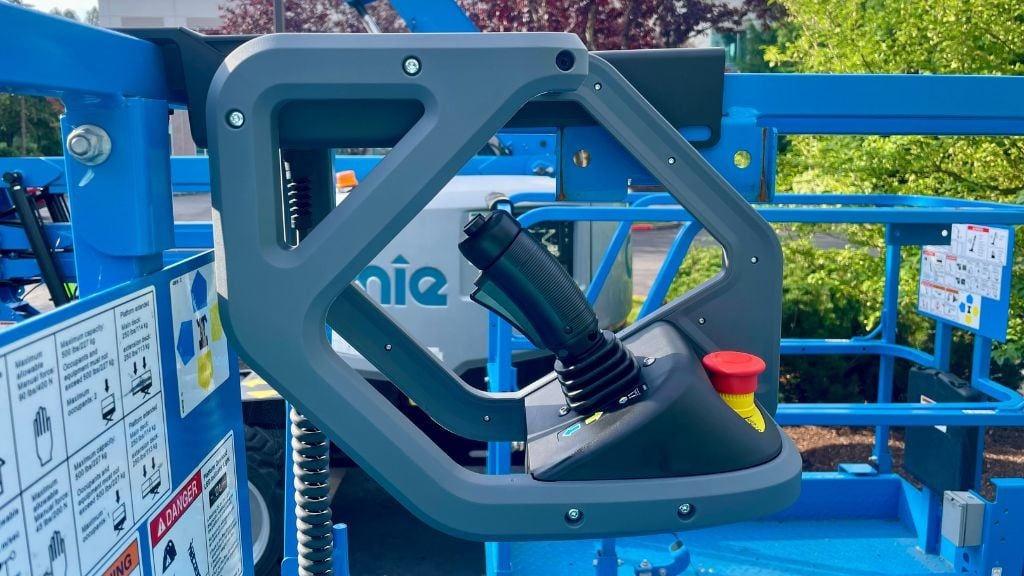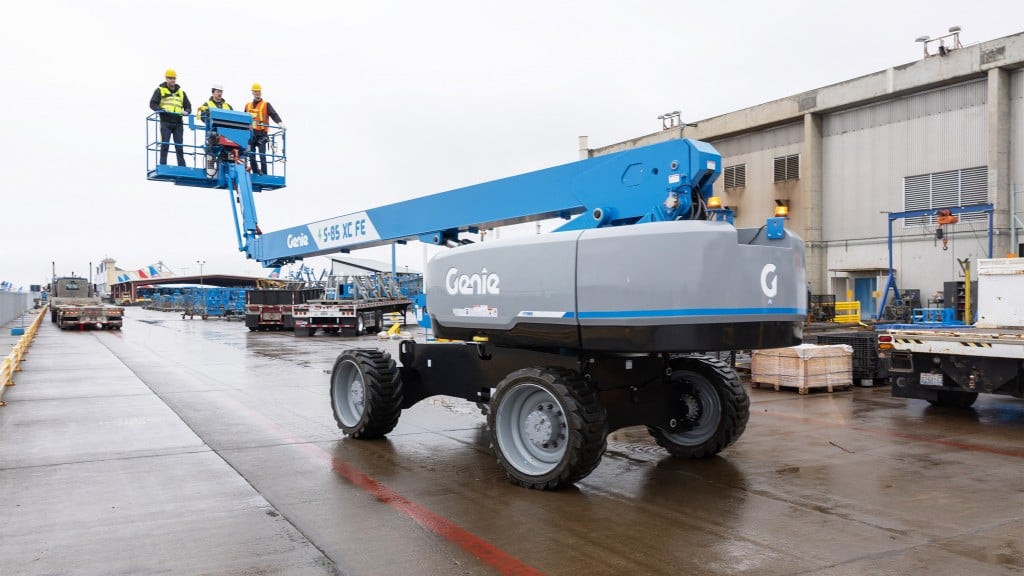New international standards for controls on MEWPs to enhance operator safety
Genie keeps operators, training, and rental companies up-to-date as OEMs improve lift designs to meet international standards

A new international standard for MEWPs is changing the way controls on boom lifts and scissor lifts are designed and manufactured. ISO 21455 (Operator's controls — Actuation, displacement, location, and method of operation) was published in 2020 to define rules for safeguarding persons and objects against the risk of accidents associated with the operation of MEWPs.
Australia is the first country to incorporate language from ISO 21455 into its industry standards (AS/NZS 1418:10), which is currently under revision with an anticipated effective date of September 2025. Meanwhile, Europe (EN280) and North American (ANSI A92 and CSA B354) standards groups will likely make similar changes during the next scheduled revisions of their standards over the next five to seven years. Genie has stayed up-to-date with ongoing international MEWP changes while developing new machines and updating trusted designs.
What's changing in international standards for MEWPs?
One of the objectives of ISO 21455 is to standardize the direction of machine movement so that it correlates to the direction of the controller movement.
Historically, MEWP control configuration and design have evolved over time, as technology advances, contractor preferences are considered, and new equipment is introduced. As a result, there were no consistent designs between OEMs.
As of September 2025, all MEWPs manufactured for use in Australia must meet the new ISO design requirements. Anticipating this change, Genie considered contractors' needs now and what they'll need in the future as Genie developed the next-generation GS slab scissor lifts. Genie decided to incorporate the new control design requirements across the GS scissor lift product line.
New lift function on Genie scissor lifts
For Genie, the changes relate to the lift function. When the lift function button is selected on new GS scissor lifts, pulling the joystick towards the operator will raise the platform, and pushing the joystick away will lower the platform. This is a change from previous models of GS slab scissor lifts.
The drive controller direction remains unchanged from previous GS scissor lift controls. Pressing the controller away from the operator will move the chassis in the forward direction.
The guidance to operators remains the same as it has always been — observe and use colour-coded direction arrows adjacent to the platform joystick and the platform lift and drive button arrows.
Operator training is essential
MEWP users will likely start to see this change from other OEMs as well, as they phase the design changes into product updates. Rental companies and end users will need to remain vigilant when it comes to operator training. In the marketplace, there will be both old and new MEWP controller designs. It's worth noting that ANSI and CSA standards require operator training, MEWP supervisor training, safe use plans, and more. Operators must be trained on the specific model MEWP they are using. This control design change underscores why that is so critical to safe operation.
The Role of ISO
ISO does not decide when to develop a new standard but responds to a request from the industry or other stakeholders. In this case, a study on MEWP accidents prompted consideration of ergonomics in control design.
Working as a group of industry experts through ISO TC 214 WG1, JLG, Skyjack, Haulotte, Manitou, NiftyLift, and Genie were all involved in the development of this standard. Other experts from around the world joined in. Ultimately, the publication of the new standard required collaboration, vetting, due process, and consensus.
While the direction of control movement and machine movement is an important part of the standard, it also addresses the force needed to actuate movement, appropriate spacing of controls, and grouping similar functions together. The process is a good one and I believe the result will improve operational performance for MEWP users. But change always comes with challenges, and as the control design begins to phase into the marketplace, education, and training will be needed for rental companies and end users.



